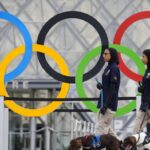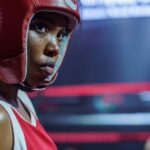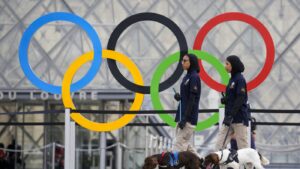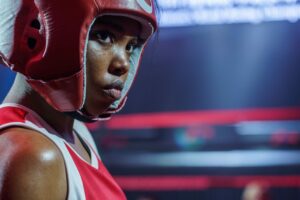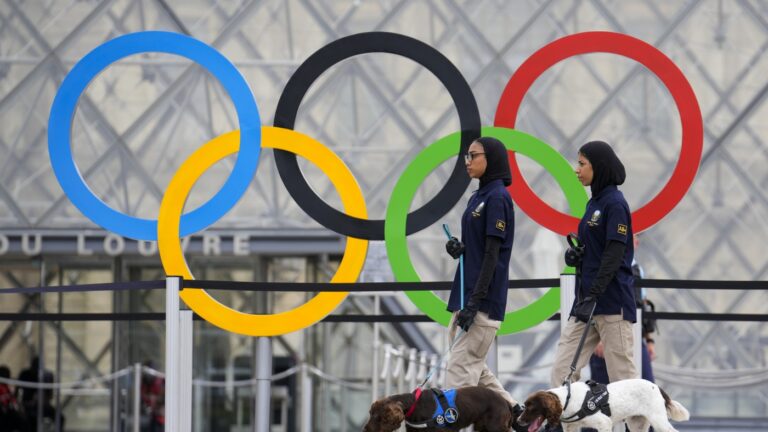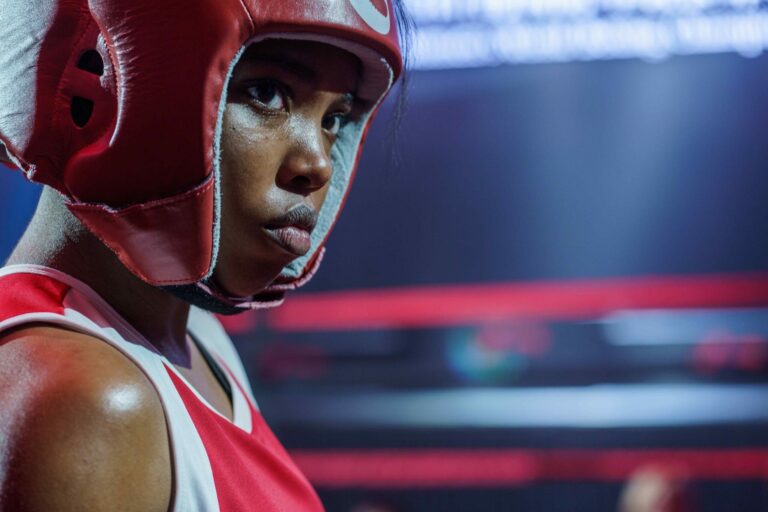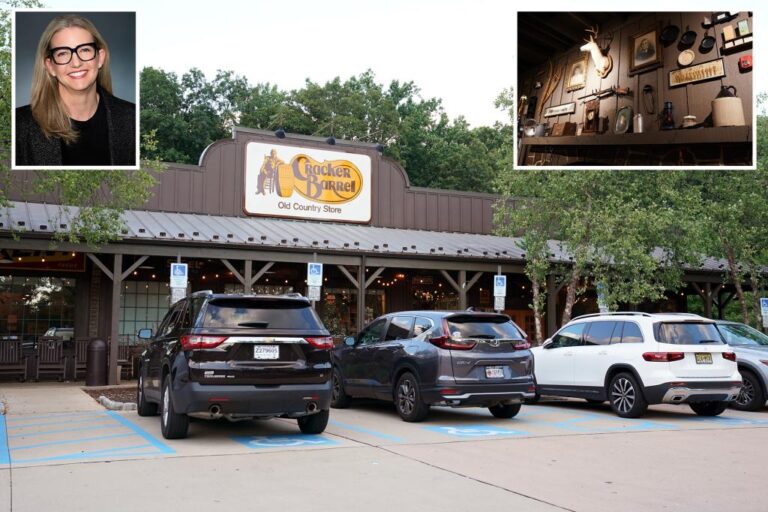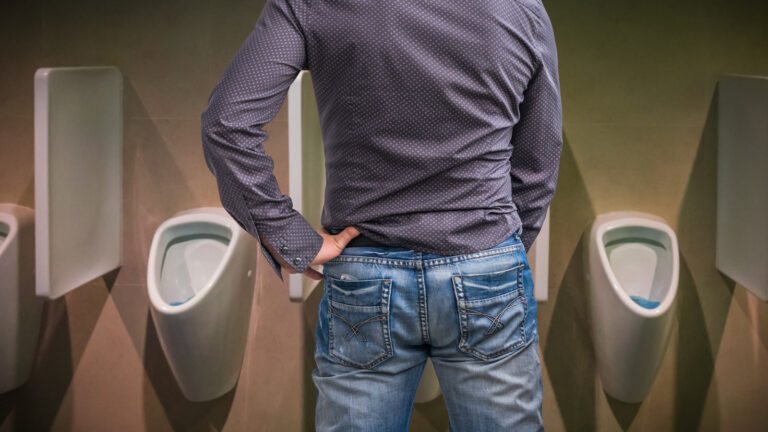COVID-19 doesn’t all the time have an effect on individuals the identical method. If somebody will get sick, for instance, not everybody in that individual’s shut social circle will get contaminated—even when they not too long ago hung out collectively. However why? In a paper not too long ago printed in Nature Communications, researchers delve into the various factors at play, from genetics to public well being interventions, all of which have an effect on how a virus spreads from one individual to a different.
They discovered that at first of the pandemic, environmental components like social distancing, isolation, hand washing, masks sporting, and vaccination performed a much bigger position in whether or not individuals bought contaminated, whereas over time, genetic components have turn out to be extra essential. Now, genetics could account for anyplace from 30% to 70% of 1’s likelihood of getting COVID-19, they concluded.
To succeed in that estimate, the researchers studied the well being information from greater than 12,000 individuals (who got here from about 5,600 households complete) who examined optimistic for COVID-19 at a big New York Metropolis hospital from Feb. 2020 to Oct. 2021. To seize the position that non-genetic components, corresponding to an individual’s setting, play of their likelihood of getting contaminated with the virus or how severely in poor health they bought in the event that they have been contaminated, additionally they categorized every individual’s potential publicity by weighing components like who lived of their family, contact with their prolonged household, and how much housing they’d.
Learn Extra: When Will We Get New COVID-19 Medication?
At first of the examine, the researchers estimated that genetics accounted for about 33% of an individual’s chance of getting contaminated, whereas by the tip, genetics accounted for 70%. That is an enormous soar from earlier research, which estimated that an individual’s genes solely defined about 1% of their chance of an infection. This means that extra genes are seemingly contributing than beforehand thought.
“We don’t know what the particular genetic variants are but, however we do know there are different genetic variants that confer some form of susceptibility, which could clarify why some individuals are reinfected a number of occasions and others appear resistant even when they’re members of the family dwelling collectively,” says Nicholas Tatonetti, affiliate professor of computational biomedicine at Cedars-Sinai and senior creator of the paper.
Why did genetics achieve a much bigger position because the pandemic progressed? At first of the outbreak, public well being measures corresponding to masks mandates, lockdowns, and isolation practices had a much bigger affect on who bought contaminated, since almost everybody was encountering SARS-CoV-2 for the primary time and had little immunity to fend off the virus. However as individuals grew to become contaminated and vaccinated, these environmental components grew to become extra homogenized, and genetic components associated to individuals’s totally different immune responses started to emerge because the extra distinguished driver of who bought contaminated and to what extent.
It is not a precise science, however Tatonetti says any such modeling will help public well being consultants perceive when interventions like masks are most impactful. And it appears to be at the beginning of outbreaks. “These outcomes present that public well being practices actually do matter, they usually labored,” he says. That’s essential to recollect, since genetic components are out of our management—whereas conduct modifications will help us tip the stability, at the very least considerably, in our favor.

